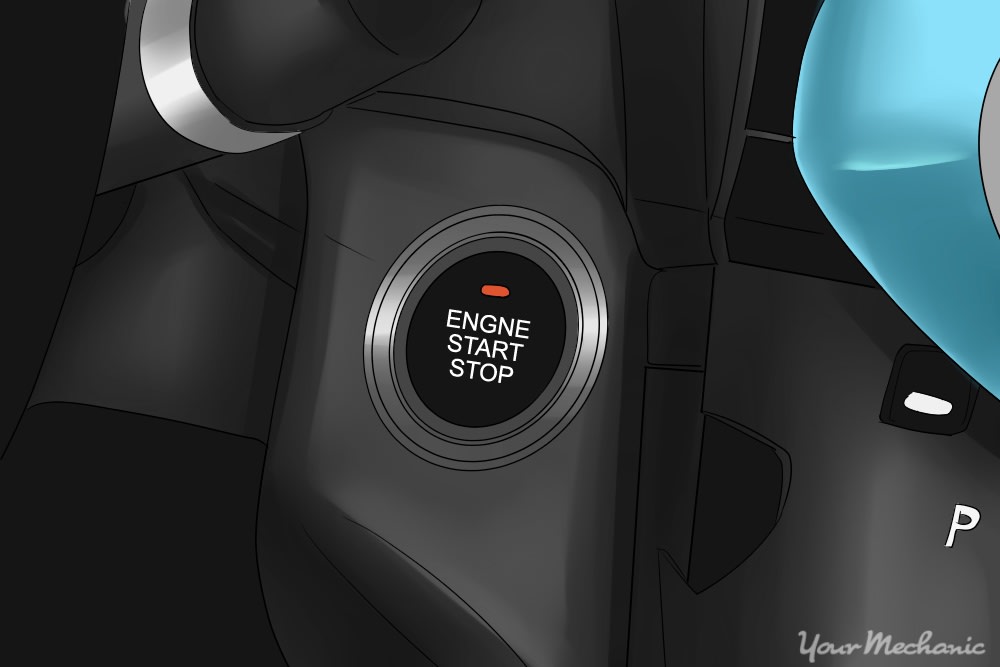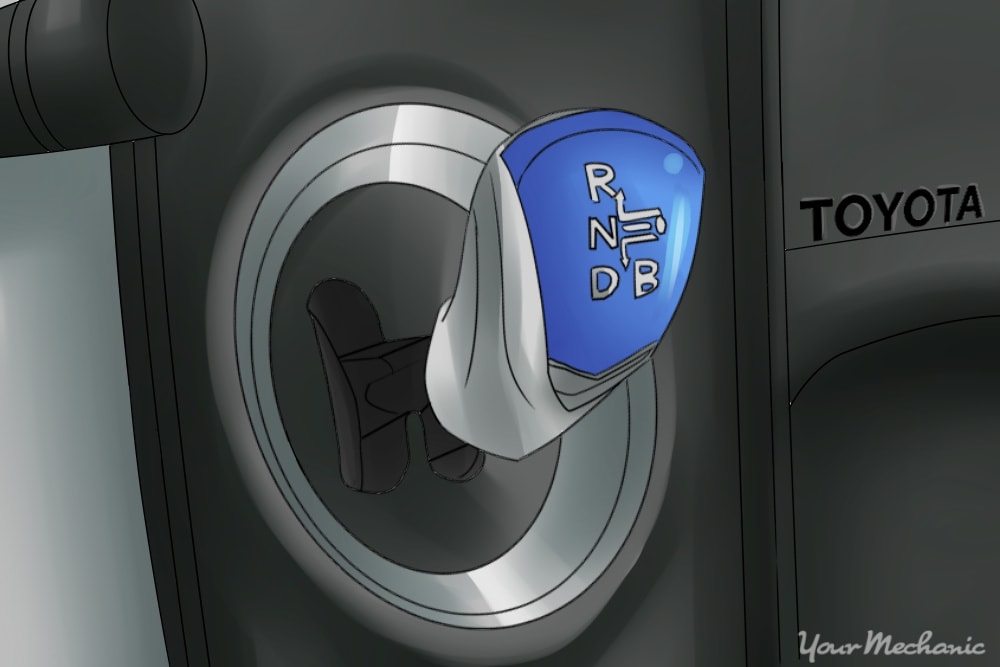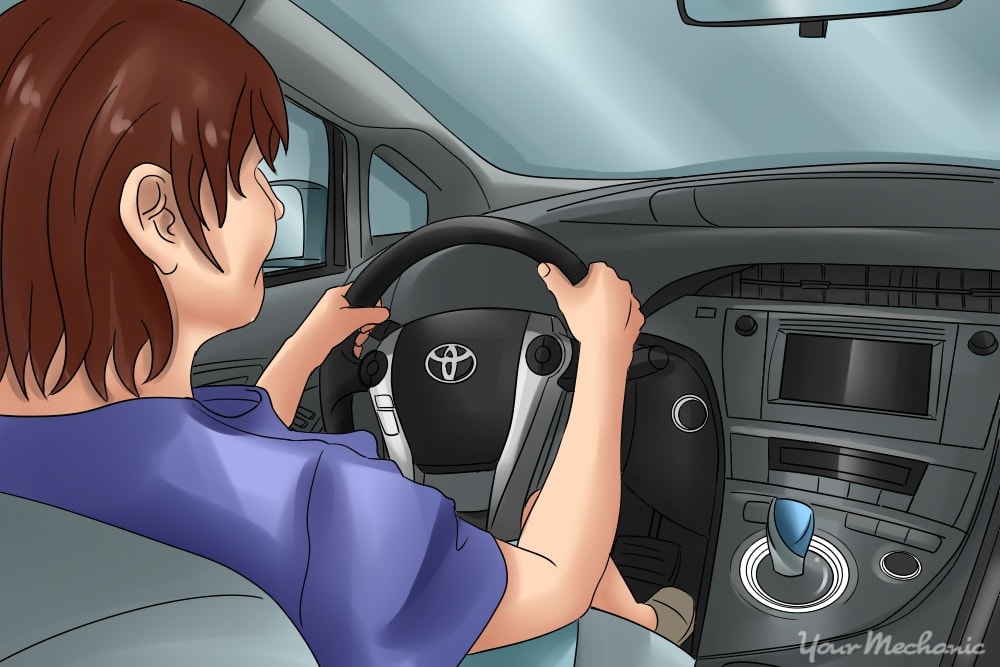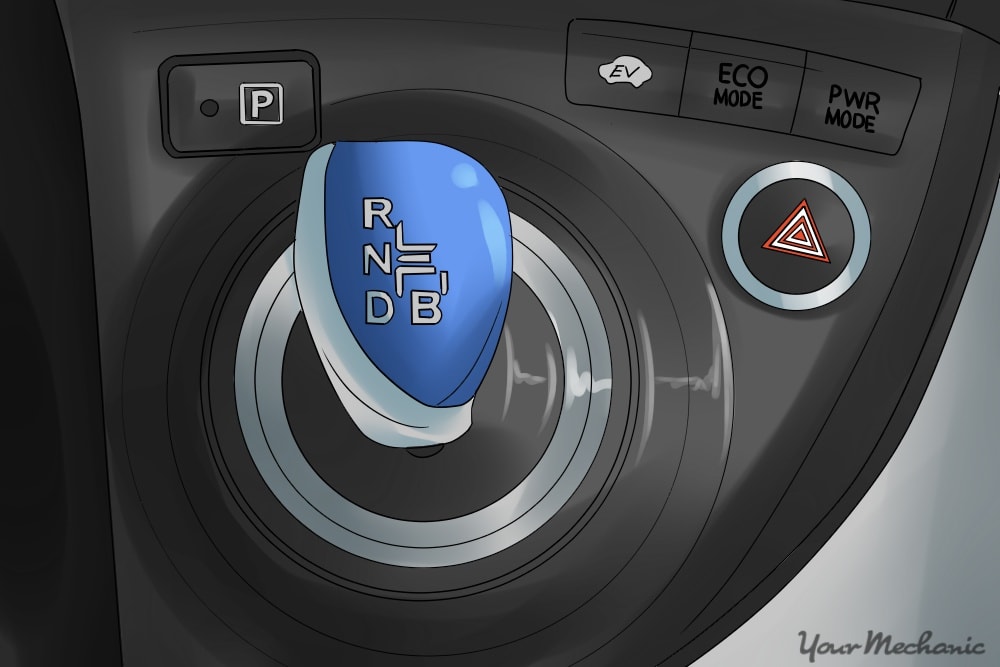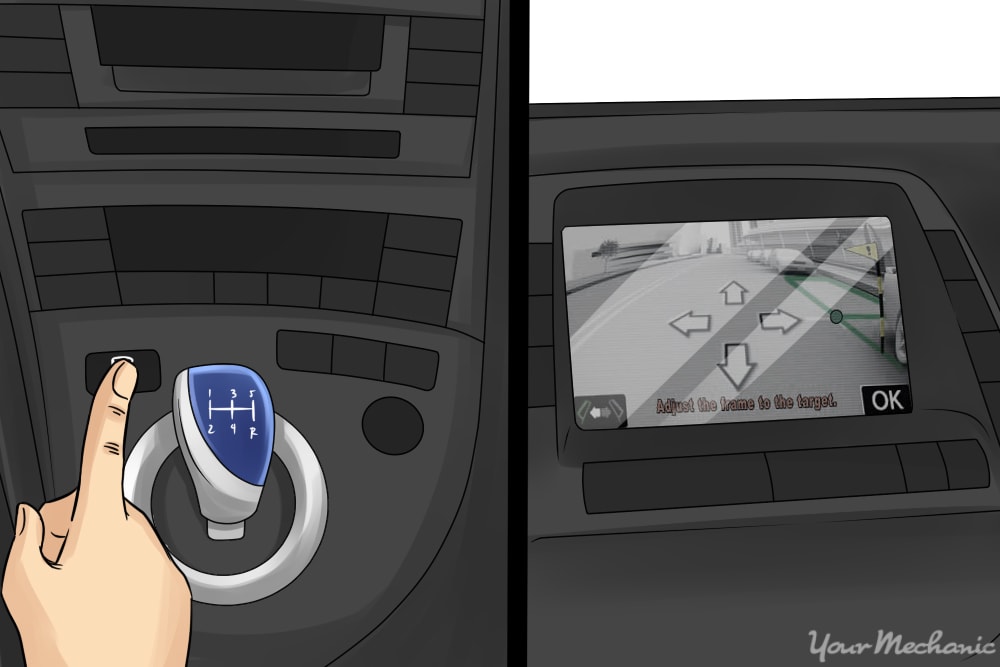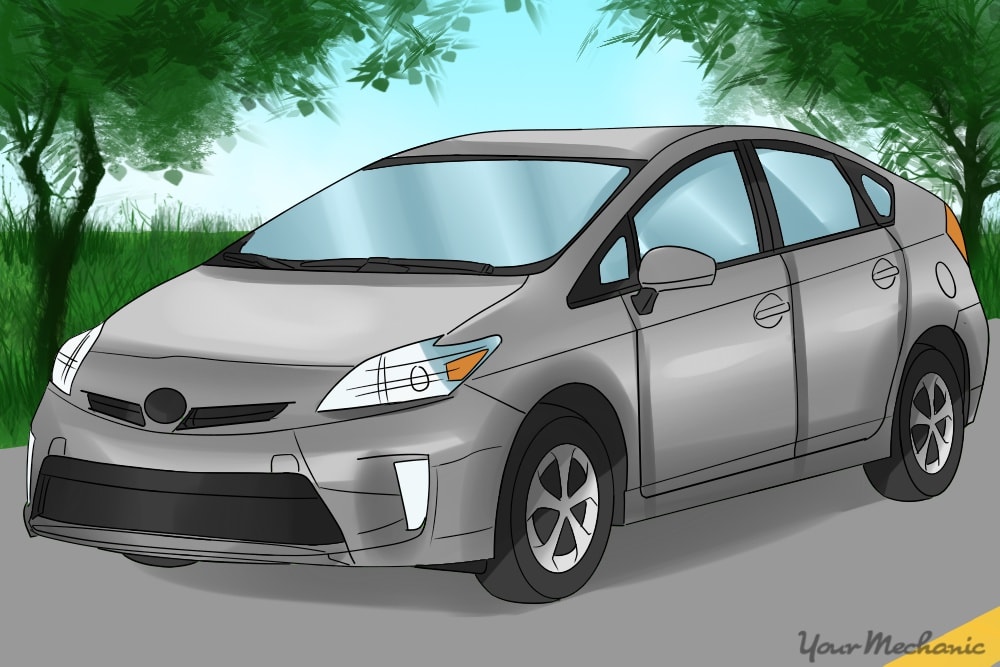

For someone who has never driven a Prius, it may feel a bit like stepping into the cockpit of an alien spaceship when sliding into the driver’s seat. That’s because the Toyota Prius is a hybrid electric car and functions just a little differently than your standard fuel-driven vehicle. Despite all the buttons and a futuristic looking gear shifter, driving a Prius really isn’t that different from the cars you are accustomed to driving down the road.
丰田普锐斯(Toyota Prius)具有许多功能,使其成为流行的汽车购买选择。这些包括少燃料,有资格获得税收减免,并且由于其混合状态,该模型有时在某些州获得特殊的停车特权。利用Prius的所有功能,特别是考虑到停车特权,可能会有些混乱new Prius drivers, however. Fortunately, it is relatively simple to learn how to park one of Toyota’s most beloved auto creations.
Part 1 of 5: Start the ignition
Some Toyota Priuses use a key to start the engine, but many of these models are keyless in nature. If you have a key, insert it into the ignition’s keyhole as you would a regular car and turn it to start the engine. If your Prius is keyless, however, you will need to follow a different method.
Step 1: Push the start button. Depress and hold down the brake pedal, then press the button marked “Engine Start Stop” or “Power,” depending on your Prius’ year model. This will start the engine, and a red light will illuminate on the button you pressed.
The Toyota Prius is designed not to start when your foot is off the brake, to prevent you from starting the car and immediately hurtling forward or backward, putting you at risk of a collision.
Part 2 of 5: Put the Prius in the appropriate gear
Step 1: Push down the parking brake. If the parking brake is engaged because the Prius is parked on an incline, depress the parking brake to release it.
Put the Prius in the gear you need by manually moving the joy-stick style shifter toward the appropriate letter, which represents a particular gear.
为了进行标准驾驶目的,您应仅使用反向[r],中性[n]和驱动器[D]。要到达这些齿轮,请将手柄向左移动以进行中性,然后向上移动以进行反向或向下驱动。
- Note: The Prius has another option, which is marked “B” for Engine Brake Mode. The only time a Prius driver should use Engine Brake Mode is when traveling down a steep incline, such as down a mountain, and there is a risk of the brakes overheating and failing. This mode is very rarely necessary, and it is possible you will never use it the whole time you’re a Toyota Prius driver.
第3部分5:像普通汽车一样驾驶
Once you start your Prius and have it in the gear you need, it drives in the same manner as a regular car. You press the accelerator pedal to go faster and the brake to stop. In order to turn your vehicle right or left, you simply turn the steering wheel.
请参阅仪表板以查看您的速度,燃油水平和其他有用的信息,以帮助您做出导航决策。
Part 4 of 5: Park your Prius
一旦到达最终目的地,将Prius放在公园里就像启动它一样。
Step 1: Turn your blinker on when you near an empty parking space.就像您在停车其他类型的汽车时所做的那样,将大约一辆汽车的长度拉到您想要占用的开放空间之外。
Step 2: Lightly press the brake pedal to slow the car as you steer into the space.Back your Prius into the open parking space slowly and make any adjustments necessary to straighten the car to where it is parallel with the curb.
Step 3: Fully depress the brake pedal to come to a stop.With the brakes fully engaged, you ensure you won’t drift out of place in your parking spot and cause a collision with any cars in front or behind you.
Step 4: Press the Engine Start/Stop button.This stops the engine and places it in Park, which allows you to safely get out of your car. With it properly parked, your Prius stays securely in that spot until you are ready to drive it again.
第5部分5:平行公园你的普锐斯
Parking a Prius in a standard parking space is not much different than parking any other vehicle. When it comes to parallel parking, however, the Prius offers tools to make this task easier, although you are not required to use them. Intelligent Parking Assist, however, takes all the guesswork out of the often challenging job of parallel parking and is generally deemed safer than manual attempts at the task.
Step 1: Turn your blinker on as you approach a free parallel parking spot.这使您后面的其他司机知道您打算停车,因此他们可以让您需要操纵开放式停车位所需的房间。
Step 2: Engage the Intelligent Parking Assist feature.Press the button with a “P” marking on it that is located to the lower right of the Engine Start/Stop button and the steering wheel. This turns on the Intelligent Parking Assist feature.
Step 3: Look at the screen in the center of your dashboard to verify the parking spot you see is large enough to park your Prius.Viable parallel parking spaces are marked with a blue rectangle to indicate the are both empty and large enough to accommodate your car.
Step 4: Follow the instructions on the screen in the center of your Prius dashboard.The screen will display instructions about how far to pull up past the parking space, when to stop, and other essential information to safely park your car. You will not need to operate the steering wheel because the program does the steering for you. Just keep your foot lightly on the brake, tapping it as instructed by the information on the dashboard’s screen.
Step 5: Push the Engine Start/Stop button once parking is complete.This stops the engine and puts its gear in Park, so you can exit your Prius.
- Tip: If your Prius is equipped with Self Park instead of Intelligent Parking Assist, simply engage the Self Park feature, and it will park your car for you with no further effort on your part.
As a new Prius driver, there is a bit of a learning curve to its proper operation. Fortunately, that curve is not steep, and it does not take long to get the basic operation of a Prius down. If you have any hesitation, however, take some time to watch someinstructional videos, ask a Prius dealer or certified mechanic to show you what to do.
